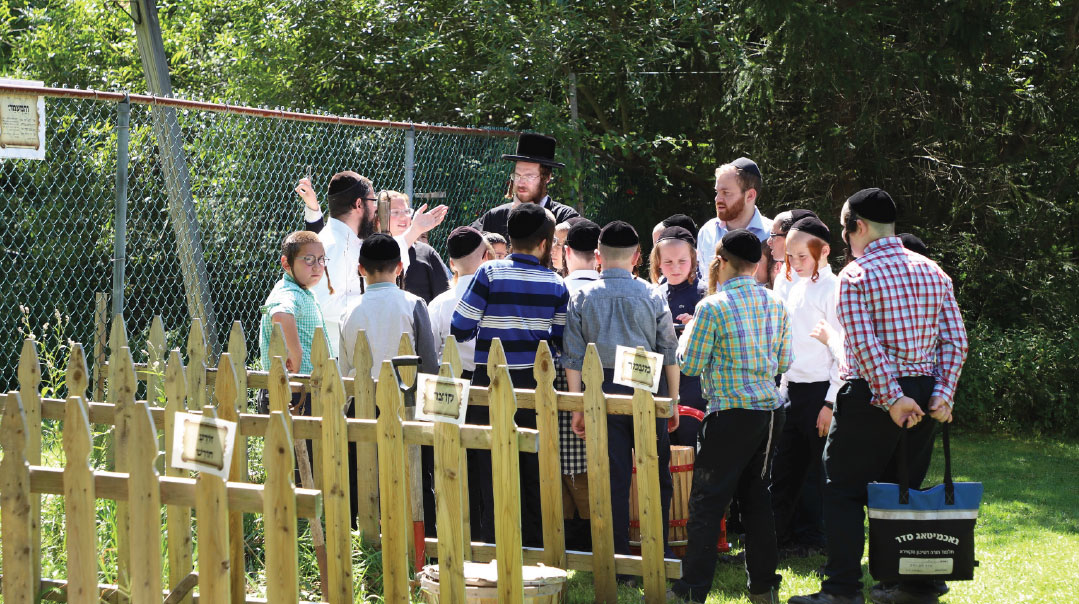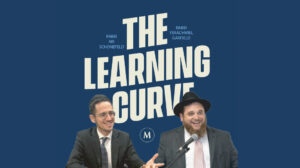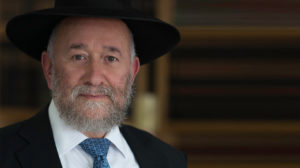Walking Through the 39 Melachos
| December 25, 2019Which of us have had experience winnowing? When was the last time you used a weaving loom?

I
t’s warm and sunny when we get out of the car on Route 42. The air smells of grass, of summertime... and of farm animals??
“We have animals on this side of the road, yes,” confirms our guide for today, Rabbi C.Z. Hershkowitz. “On this side is our exhibition of the 39 Melachos of Shabbos.”
I’m curious. I’ve learned the names of the melachos; we had tests on it in school. But some of them are hard to imagine in today’s day and age. After all, which of us have had experience winnowing? When was the last time you used a weaving loom? Or dyed the leather hide of an animal?
Today, a group of boys were coming to take a tour of the Meleches Betzalel exhibition. A photographer and I went along, to capture it in words and pictures, so that all of you would get a chance to enjoy the tour, too!
Well, Well, Well
A real well! Or is it? This miniature well takes center stage in the center of the lawn. It’s a real-life demonstration of a discussion in the Gemara about carrying water from a well on Shabbos. If there are trees in the corners, would they act as a “wall” so that people camping over Shabbos (because they’re in the middle of a journey) could draw water for their camels on Shabbos? It’s fascinating to see a lifelike model of this idea, which is hard for us to picture. It’s a far cry from faucets!
Getting It "Write"
Our next stop is a small shed, demonstrating the melachos involved in preparing parchment and writing. Although we’re used to pen and paper, sofrim still use the same techniques and materials that they did in ancient times — animal parchment, quill, and ink.
Rabbi Hershkowitz gives continuous explanation, and there are clear printed signs at each exhibit that tells us the relevant melachah from hilchos Shabbos.
Writing a sefer Torah doesn’t start with dipping your quill in ink, either; it begins with a live animal! That animal has to be trapped (tzad), shechted (shochet), and skinned (mafshit), to create parchment.
In this exhibit, we see the soft, furry skin that belonged to real animals from the farm. One skin belonged to a cow that the Hershkowitzes shechted and used for their Yom Tov seudos on Rosh Hashanah! It must be very cozy to wear one of those...
Oops! We could not locate your form.












